Top Things to Know Before Buying Vegetable Garden Plants
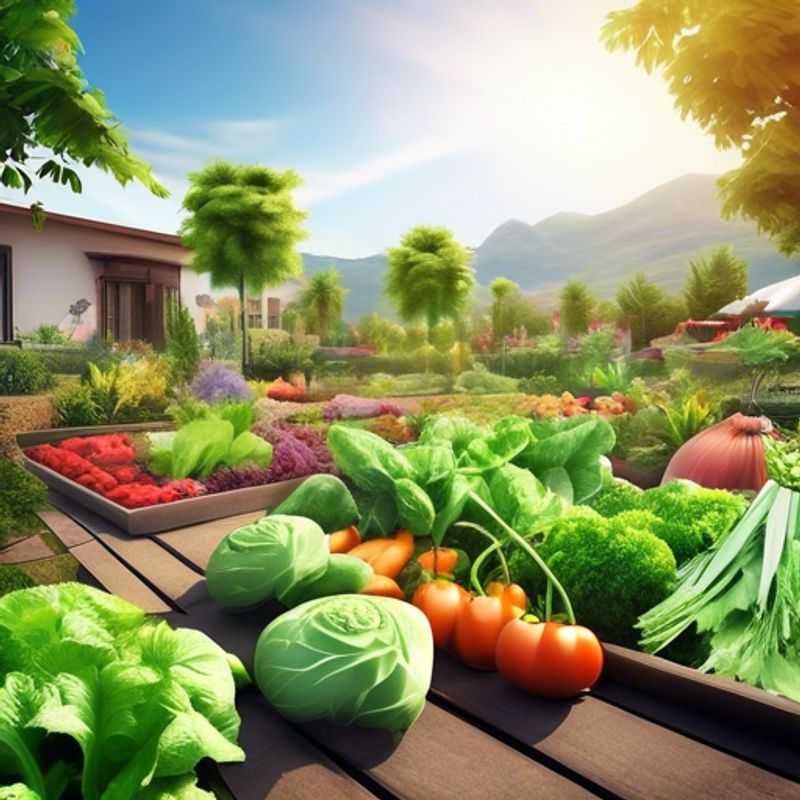
Top Things to Know Before Buying Vegetable Garden Plants: Research, Sunlight, Size, Seeds or Starters, Maturity Time, Watering and Fertilization, Pests and Diseases
Growing your own vegetables can be a rewarding experience, but choosing the right plants is crucial for a successful garden. Here are some key things to consider before heading to the nursery:
Research the best vegetable varieties for your climate and growing conditions.
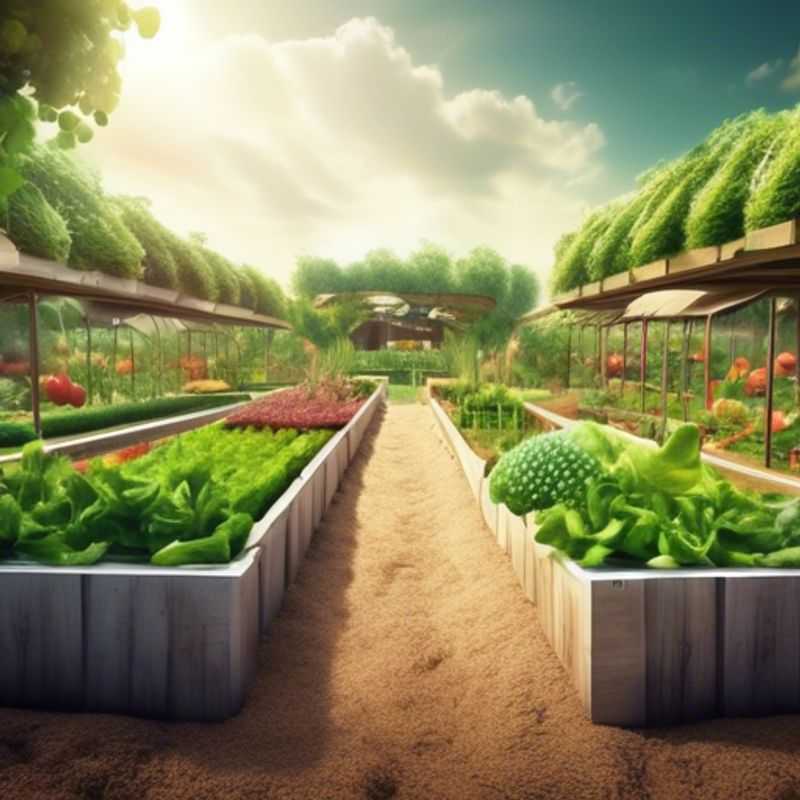
Growing Green: Matching Vegetable Varieties to Your Climate and Conditions
Choosing the right vegetable varieties for your climate and growing conditions is crucial for a successful garden. Start by understanding your hardiness zone, which indicates the average minimum winter temperature in your area. This will help you identify vegetables that can thrive in your climate.
Next, consider your growing season. This refers to the number of frost-free days you have each year. Some vegetables require a long growing season, while others can be grown in shorter periods.
Additionally, factor in your soil type. Different vegetables have different soil preferences. Some thrive in sandy soil, while others prefer clay.
Finally, think about your sun exposure. Vegetables need varying amounts of sunlight to grow. Choose varieties that suit your garden's sun conditions.
You can use online resources like the National Gardening Association website or your local extension office to get detailed information on the best vegetables for your specific climate and growing conditions. These resources will provide lists of suitable varieties, along with their growing requirements.
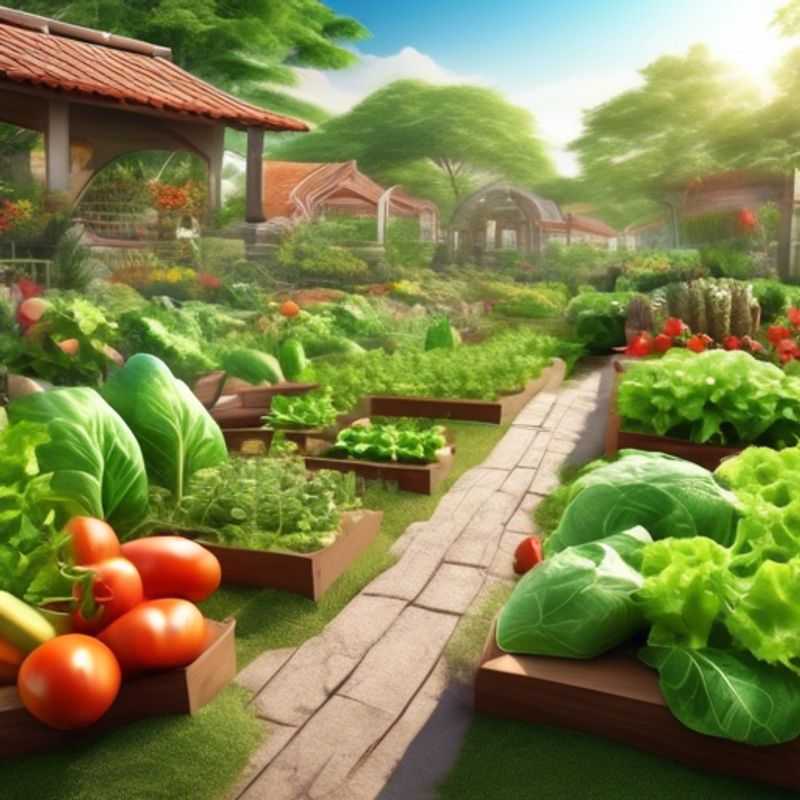
Sunlight Secrets: Choosing the Right Plants for Your Garden
Determining the amount of sunlight your garden receives is crucial for selecting the right plants that will thrive in your space. Start by observing your garden throughout the day to assess how much direct sunlight different areas receive. Generally, areas that receive full sun get at least 6 to 8 hours of sunlight daily, while partial shade areas receive 3 to 6 hours, and full shade areas get less than 3 hours.
To accurately measure sunlight exposure, consider using a sunlight meter or simply track the sun's path with a compass. Paying attention to seasonal changes is also important, as the angle of the sun shifts throughout the year. Additionally, take note of any structures or trees that may cast shadows on your garden during different times of the day.
When planning your garden, choose plants based on their sunlight requirements. For example, vegetables like tomatoes and peppers thrive in full sun, while ferns and hostas prefer shaded areas. Investing in a garden planner or consulting with a local nursery can provide personalized recommendations for your specific conditions.
Lastly, keep in mind that adapting your garden layout may incur costs, such as purchasing new plants or modifying existing landscaping. Always consider your budget when planning for sunlight requirements, as it may influence your choices. For a successful garden, understanding sunlight patterns is key to selecting appropriate plants.
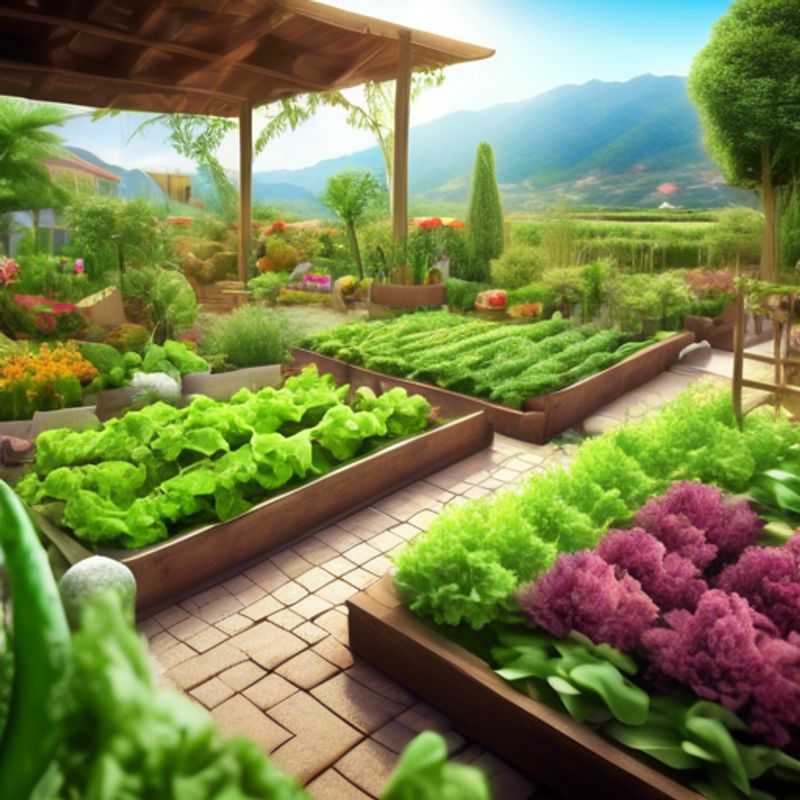
Planting for Success: Understanding Mature Plant Sizes for Proper Garden Spacing
When planning your garden, one of the most crucial factors to consider is the mature size of your plants. This will help you determine the appropriate spacing between them, ensuring they have enough room to thrive without overcrowding.
Spacing matters because it allows for:
- Adequate sunlight and air circulation, reducing the risk of diseases.
- Proper root development, allowing plants to access nutrients and moisture more effectively.
- Easy maintenance, including weeding and watering.
- Aesthetic appeal, creating a balanced and visually pleasing arrangement.
To determine the correct spacing, research the mature size of each plant you intend to grow. This information is usually available on plant tags, online databases, or gardening guides.
Once you know the mature size, use this information to plan your garden layout. This will involve considering the overall size of your garden area and how you want to arrange the plants.
Remember, it's better to overestimate than underestimate the mature size of your plants. Allowing for a little extra space will ensure your garden flourishes and provide you with a beautiful and rewarding experience.
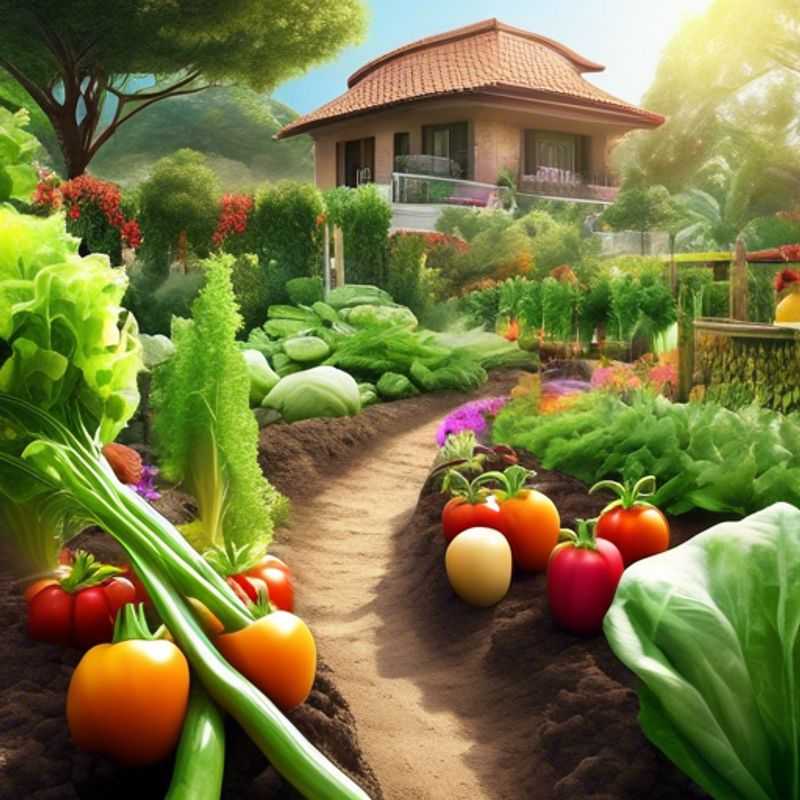
Seeds vs. Starter Plants: Which is Right for Your Garden?
Starting a garden can be exciting! But before you get your hands dirty, you need to decide how you'll get your plants: from seeds or as starter plants? Each method has advantages and disadvantages.
Growing from seeds is a more economical option, but it requires more time and patience. You'll need to start seeds indoors, provide them with the right environment, and then carefully transplant them outdoors when the weather is warm enough. You might also need to purchase seed starting trays, soil, and potentially a grow light.
Buying starter plants is faster and easier. You can get a head start on the growing season and skip the initial indoor stage. However, starter plants can be more expensive, and you're limited to the varieties available at your local garden center.
Ultimately, the best choice depends on your time commitment, budget, and desired plant varieties. Consider your gardening skills and resources. If you're a beginner, starter plants might be a good option. If you're on a tight budget and have the patience, growing from seeds could be more cost-effective.
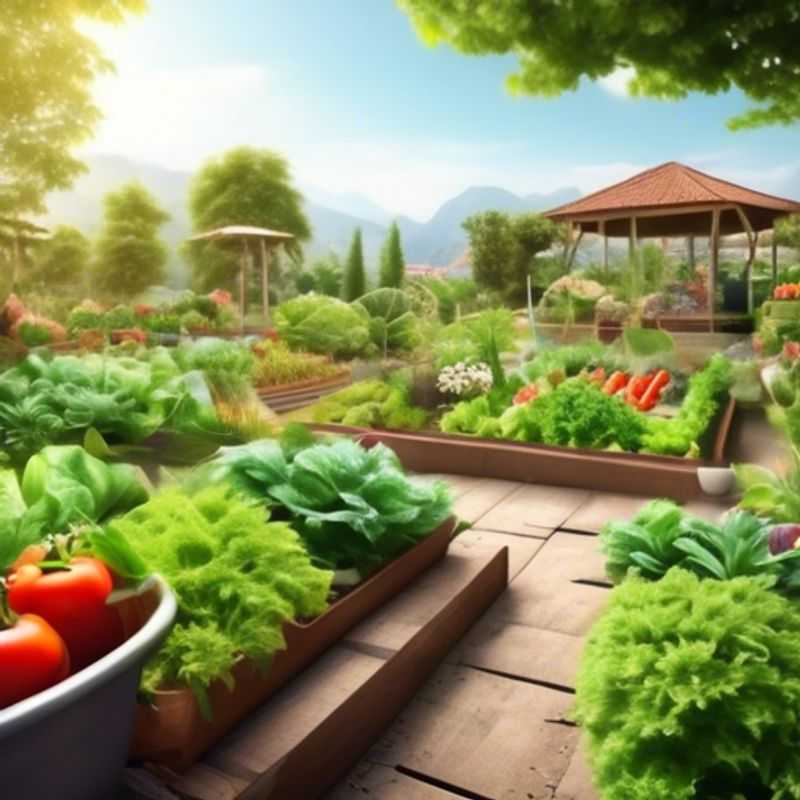
Planning Your Garden: Factor in the Time for Vegetable Plants to Mature
Knowing when your vegetable plants will reach maturity is crucial for successful gardening. This information helps you plan your planting schedule, anticipate harvest times, and ensure a steady supply of fresh produce.
The time it takes for vegetable plants to reach maturity varies greatly depending on the specific variety and growing conditions. Factors like temperature, sunlight, soil quality, and watering practices all play a role.
Here are some general guidelines for the time it takes for common vegetables to mature:
Leafy Greens: Lettuce, spinach, and kale typically mature in 4-6 weeks.
Root Vegetables: Carrots, beets, and radishes can take anywhere from 4-8 weeks to mature, depending on the variety.
Brassicas: Broccoli, cauliflower, and cabbage can take 6-10 weeks to mature.
Vines: Tomatoes, cucumbers, and squash typically mature in 6-12 weeks.
Other Vegetables: Peppers, onions, and garlic can take anywhere from 4-12 weeks to mature, depending on the variety.
Tips for Estimating Maturity Times:
1. Check seed packets: Seed packets often provide estimates of maturity times for specific varieties.
2. Consider your growing conditions: Warmer temperatures and longer days can accelerate growth, while cooler temperatures and shorter days can slow it down.
3. Observe your plants: Pay attention to the growth rate of your plants and adjust your expectations accordingly.
By understanding the maturity times for your vegetable plants, you can plan your garden effectively and enjoy a bountiful harvest.
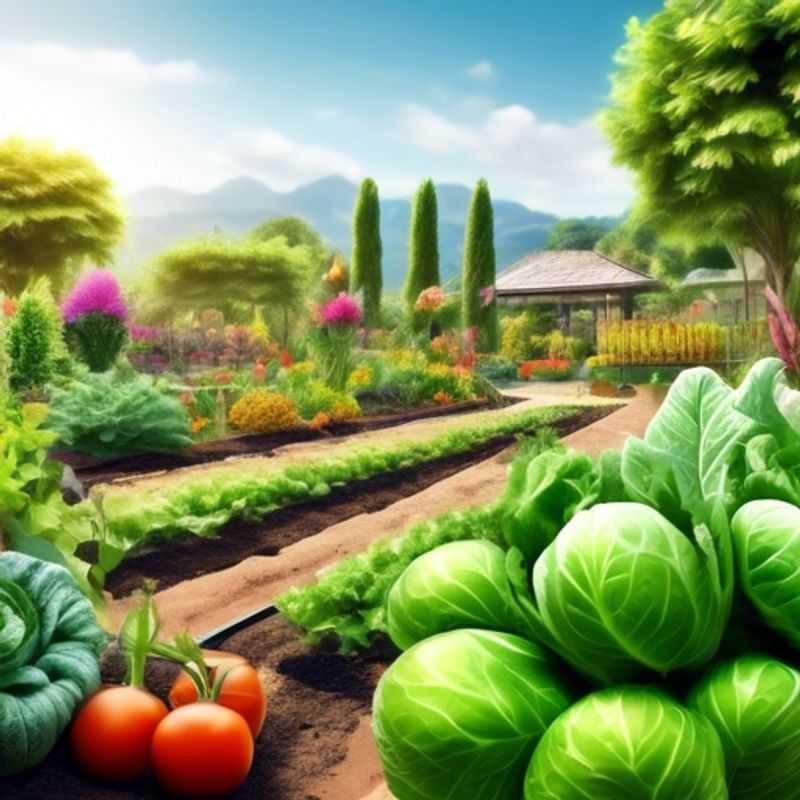
Understanding the Watering and Fertilizer Needs of Different Vegetable Plants
Understanding the watering and fertilization needs of different vegetable plants is crucial for a bountiful harvest. Each type of vegetable has unique requirements based on its growth stage, climate, and soil type. Generally, most vegetables prefer consistent moisture, but overwatering can lead to root rot. A good rule of thumb is to water deeply once a week, adjusting for rainfall and temperature.
When it comes to fertilization, different vegetables have varying nutrient needs. Leafy greens like lettuce and spinach benefit from nitrogen-rich fertilizers, while root vegetables such as carrots and potatoes thrive on phosphorus and potassium. It's advisable to conduct a soil test to determine existing nutrient levels before applying fertilizers.
For optimal growth, consider the following tips: use organic fertilizers for a slow-release effect, apply fertilizers during the growing season, and avoid fertilizing immediately after planting. Additionally, be mindful of pH levels; most vegetables prefer a slightly acidic to neutral pH (6.0 to 7.0).
In terms of planning, you might want to include costs for soil testing, organic fertilizers, and irrigation systems if needed. These activities can significantly impact your gardening success and should be budgeted accordingly.
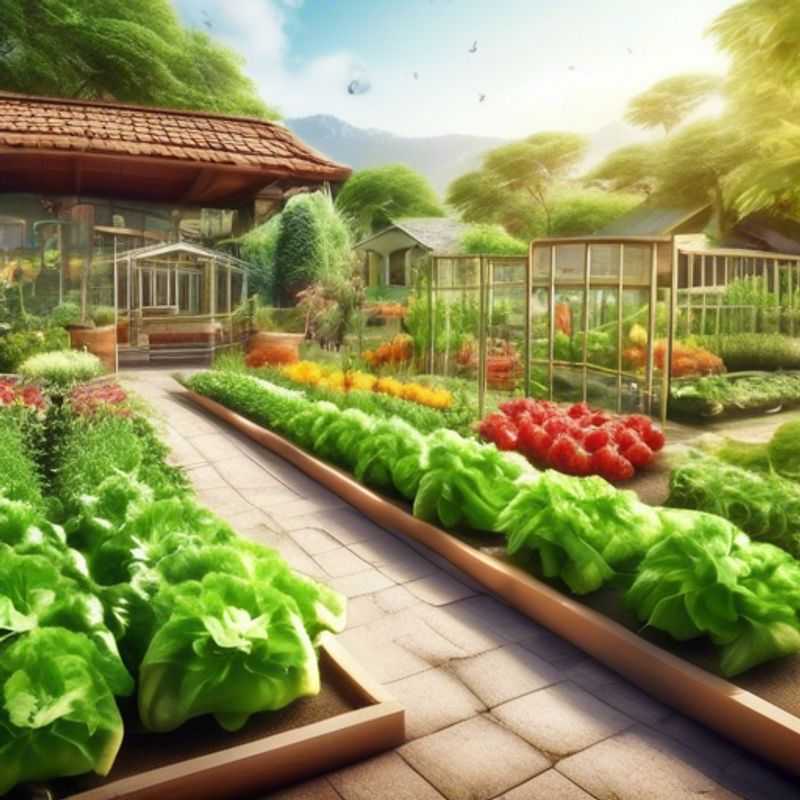
Keep Your Veggies Thriving: Identifying and Battling Common Garden Pests and Diseases
Protecting your vegetable garden from pests and diseases is crucial for a bountiful harvest. Here's a quick guide to common culprits and how to deal with them:
Pests:
Aphids: Tiny, soft-bodied insects that suck sap from plants, causing stunted growth and leaf curl. Control them with insecticidal soap or ladybugs, which are natural predators.
Cabbage worms: Caterpillars that munch on cabbage, broccoli, and other leafy greens. Handpick them or use a Bacillus thuringiensis (Bt) spray, a safe and effective biological insecticide.
Cucumber beetles: Striped or spotted beetles that damage cucurbit plants like cucumbers, squash, and melons. Use row covers to prevent them from laying eggs, or apply insecticidal soap.
Diseases:
Powdery mildew: A fungal disease that appears as a white, powdery coating on leaves. Good air circulation and avoiding overhead watering can help prevent it. Use fungicides if necessary.
Tomato blight: A fungal disease that causes brown spots on leaves and fruits, leading to rot. Rotate crops and remove infected plants to prevent its spread. Consider using disease-resistant varieties.
Root rot: A fungal disease that affects roots, causing wilting and stunted growth. Ensure proper drainage and avoid overwatering to prevent it.
Prevention is key:
Healthy plants: Strong, healthy plants are more resistant to pests and diseases. Provide adequate sunlight, water, and nutrients.
Rotation: Rotate your crops every year to disrupt pest and disease cycles.
Cleanliness: Remove infected plants and debris from your garden to prevent the spread of diseases.
Observation: Regularly inspect your plants for signs of pests or diseases and take action early to prevent them from spreading.
By being aware of common pests and diseases and implementing preventive measures, you can increase your chances of a healthy and productive vegetable garden.
